Editor
Sandra DeSaSouza
Otorhinolaryngologist, Jaslok Hospital, Mumbai, Maharashtra, India
ISBN 978-981-19-0451-6 e-ISBN 978-981-19-0452-3
https://doi.org/10.1007/978-981-19-0452-3
The Editor(s) (if applicable) and The Author(s), under exclusive license to Springer Nature Singapore Pte Ltd. 2022
This work is subject to copyright. All rights are solely and exclusively licensed by the Publisher, whether the whole or part of the material is concerned, specifically the rights of translation, reprinting, reuse of illustrations, recitation, broadcasting, reproduction on microfilms or in any other physical way, and transmission or information storage and retrieval, electronic adaptation, computer software, or by similar or dissimilar methodology now known or hereafter developed.
The use of general descriptive names, registered names, trademarks, service marks, etc. in this publication does not imply, even in the absence of a specific statement, that such names are exempt from the relevant protective laws and regulations and therefore free for general use.
The publisher, the authors, and the editors are safe to assume that the advice and information in this book are believed to be true and accurate at the date of publication. Neither the publisher nor the authors or the editors give a warranty, expressed or implied, with respect to the material contained herein or for any errors or omissions that may have been made. The publisher remains neutral with regard to jurisdictional claims in published maps and institutional affiliations.
This Springer imprint is published by the registered company Springer Nature Singapore Pte Ltd.
The registered company address is: 152 Beach Road, #21-01/04 Gateway East, Singapore 189721, Singapore
Foreword
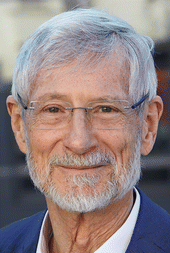 Severe to profound hearing loss affects the quality of life, disrupting the essential needs for communicating and, consequently, the belonging to and participating in society. For neonates, if not rehabilitated, it leads to reduced speech and language development with ensuing severe effects on education. Adults faced with losing their hearing may experience isolation, stigma, inability to perform their job, and even loss of independence. In older people, severe and profound hearing loss leads to an increase in cognitive decline and risk of dementia. It is estimated that 50 million people worldwide are faced with a degree of hearing loss where hearing aids do not provide sufficient speech understanding. One out of 20004000 newborns suffers from such a high degree of hearing impairment that they cannot be sufficiently rehabilitated with hearing aids to allow them to follow mainstream education. Up to now, more than three-quarters of a million people have received a cochlear implant (CI), and many millions more will benefit in the future.
Severe to profound hearing loss affects the quality of life, disrupting the essential needs for communicating and, consequently, the belonging to and participating in society. For neonates, if not rehabilitated, it leads to reduced speech and language development with ensuing severe effects on education. Adults faced with losing their hearing may experience isolation, stigma, inability to perform their job, and even loss of independence. In older people, severe and profound hearing loss leads to an increase in cognitive decline and risk of dementia. It is estimated that 50 million people worldwide are faced with a degree of hearing loss where hearing aids do not provide sufficient speech understanding. One out of 20004000 newborns suffers from such a high degree of hearing impairment that they cannot be sufficiently rehabilitated with hearing aids to allow them to follow mainstream education. Up to now, more than three-quarters of a million people have received a cochlear implant (CI), and many millions more will benefit in the future.
My experience with CIs dates back to 1975 when we, my later wife Ingeborg and myself, explored the possibilities of electrically stimulating the auditory nerve to elicit sound sensations in a deaf ear. This work at the Vienna Technical University resulted in the worldwide first implantation of a microelectronic multichannel cochlear implant in December 1977.
In the course of our work, I learned to appreciate CIs as fascinating devices, not only because of the challenging research, engineering, and medical aspects involved, but, first of all, because of their life-changing potential.
Just watching a deaf born child during first switch on is extremely motivating, as well as observing its rapid development after implantation. I am sure, Sandra DeSaSouza experienced similar feelings during her career.
She started implanting CIs as early as 1987, when CIs were still in their infancy. Despite widespread skepticism as well as unavoidable setbacks she remained firm and indomitably pursued her goal, always determined to achieve the optimum outcome for her patients. Our team from MED-EL established a trustful, intensive, and fruitful relation with her and her clinic.
She is one of the leading ENT head and neck surgeons in India. Her expertise covers a wide range of ENT, head, and neck surgery. She was Director of ENT at Jaslok Hospital in Mumbai. She still runs the CI surgery program there, where she has performed more than 2000 CI surgeries.
Her professional life is adorned by a large number of firsts: she, e.g., pioneered CI surgery in India, performed the first implantation of HiRes 90K in Asia, and was the first woman worldwide to implant CIs. Her vast experience enabled her to initiate a number of CI centers throughout India, and she was the first surgeon to operate difficult cases like ossifications and Mondini cases, implanted the youngest deaf child at that time, and performed sinuscopy using image-guided equipment. She has published more than 40 research papers and is the author or coauthor of several books.
I know her for many decades as a very charming person, warm-hearted, and caring. She has also been active in doing social work for the deaf. At present, she is the trustee of The Stephen High School for the Deaf and Aphasic.
Her exceptional achievements have been honored by a number of highly prestigious national and international awards, the most recent one being the renowned Padma Shri Award in 2020.
She is thus uniquely destined to edit this compendium, which assembles contributions on all aspects of CIs, written by most renowned surgeons and researchers in their field. Furthermore, her unprecedented experience is fundamental to guide the reader through the history of CIs in India.
This book is a compelling testimony about the benefits of cochlear implantation. After just some little browsing the reader will be convinced of the benefits of CIs, their life-changing capabilities providing new career possibilities following implantation.
Despite their spectacular performance, surpassing the boldest dreams of the early proponents, CIs are not spared from the unyielding human quest for perfection. A glimpse into the future is ventured in the last chapter, discussing e.g. the upcoming totally implantable CI, as well as the combination with pharmaceutical agents, and the more remote, but most likely powerful, impact of genetic engineering on the future treatment of hearing loss, or the introduction of stem cells aiming to generate new hair cells.
However, not all severely to profoundly deaf and hard of hearing children worldwide have access to a CI, and only under 5% of adult candidates receive one. It is a moral imperative to ease the access to implantations, and it makes sense for economic reasons as well. Besides the private market, a growing number of governments are beginning to also accept their responsibility, seeing both the immediate benefits for the implantee and the long-term benefits for the community by providing the chance of integration and better education via the CI.
Erwin Hochmair

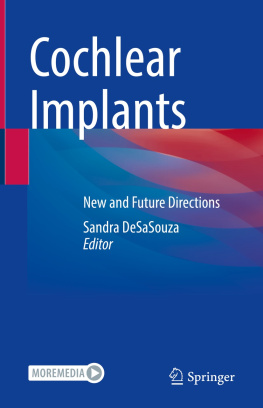
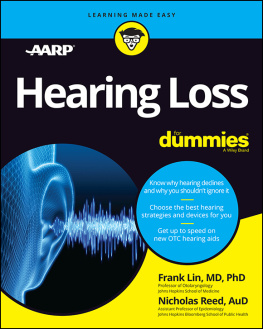
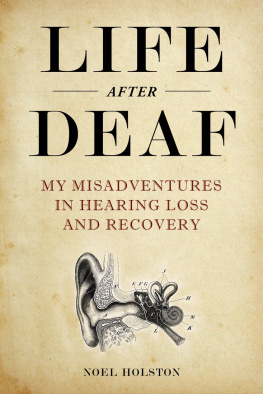
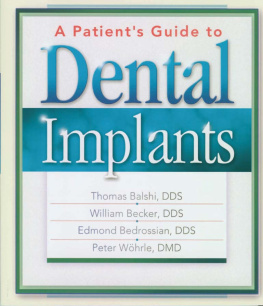


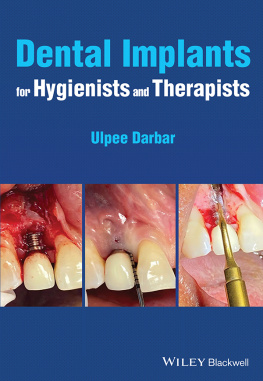


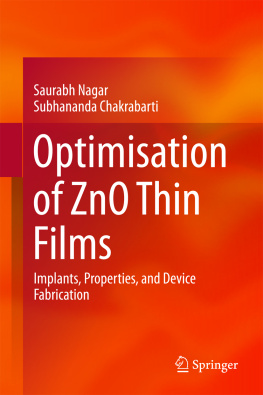
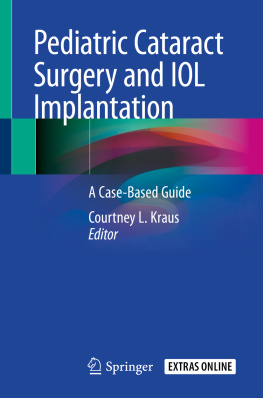

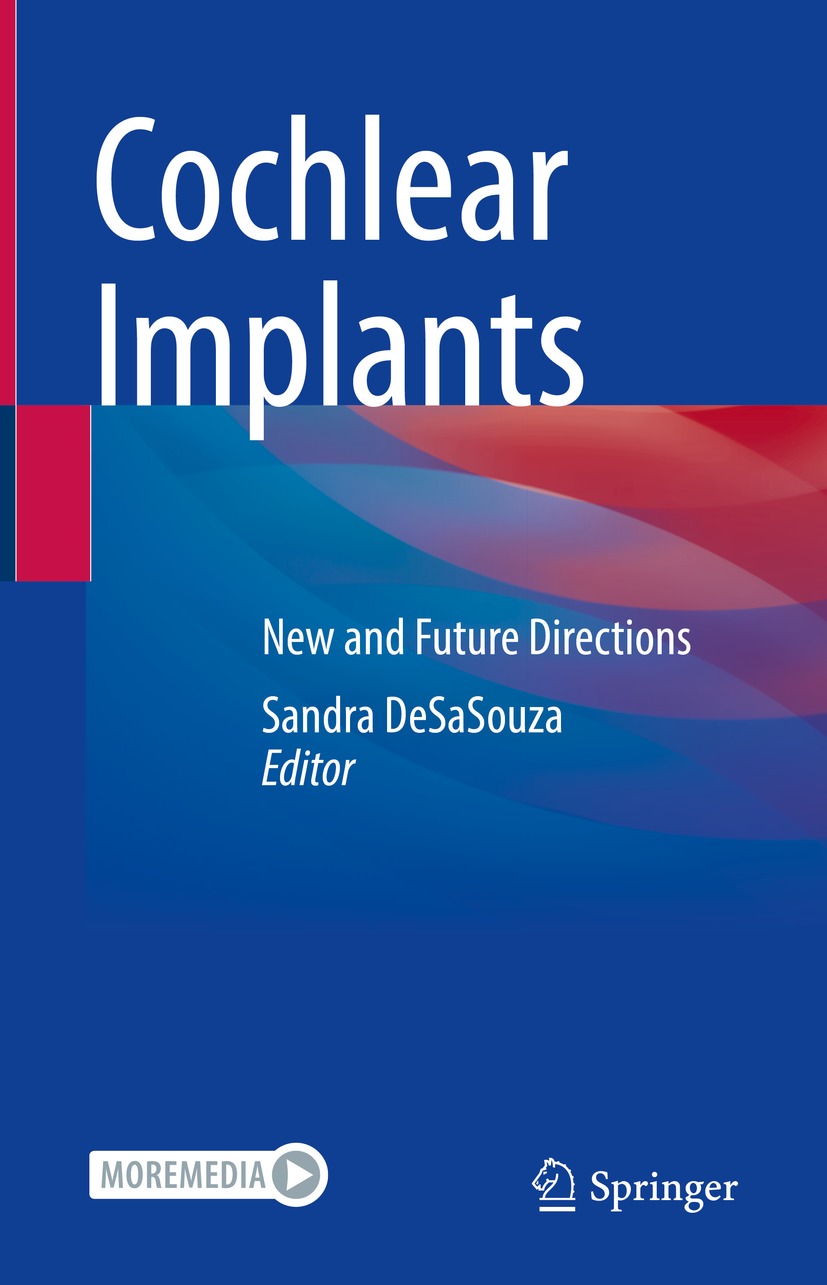

 Severe to profound hearing loss affects the quality of life, disrupting the essential needs for communicating and, consequently, the belonging to and participating in society. For neonates, if not rehabilitated, it leads to reduced speech and language development with ensuing severe effects on education. Adults faced with losing their hearing may experience isolation, stigma, inability to perform their job, and even loss of independence. In older people, severe and profound hearing loss leads to an increase in cognitive decline and risk of dementia. It is estimated that 50 million people worldwide are faced with a degree of hearing loss where hearing aids do not provide sufficient speech understanding. One out of 20004000 newborns suffers from such a high degree of hearing impairment that they cannot be sufficiently rehabilitated with hearing aids to allow them to follow mainstream education. Up to now, more than three-quarters of a million people have received a cochlear implant (CI), and many millions more will benefit in the future.
Severe to profound hearing loss affects the quality of life, disrupting the essential needs for communicating and, consequently, the belonging to and participating in society. For neonates, if not rehabilitated, it leads to reduced speech and language development with ensuing severe effects on education. Adults faced with losing their hearing may experience isolation, stigma, inability to perform their job, and even loss of independence. In older people, severe and profound hearing loss leads to an increase in cognitive decline and risk of dementia. It is estimated that 50 million people worldwide are faced with a degree of hearing loss where hearing aids do not provide sufficient speech understanding. One out of 20004000 newborns suffers from such a high degree of hearing impairment that they cannot be sufficiently rehabilitated with hearing aids to allow them to follow mainstream education. Up to now, more than three-quarters of a million people have received a cochlear implant (CI), and many millions more will benefit in the future.